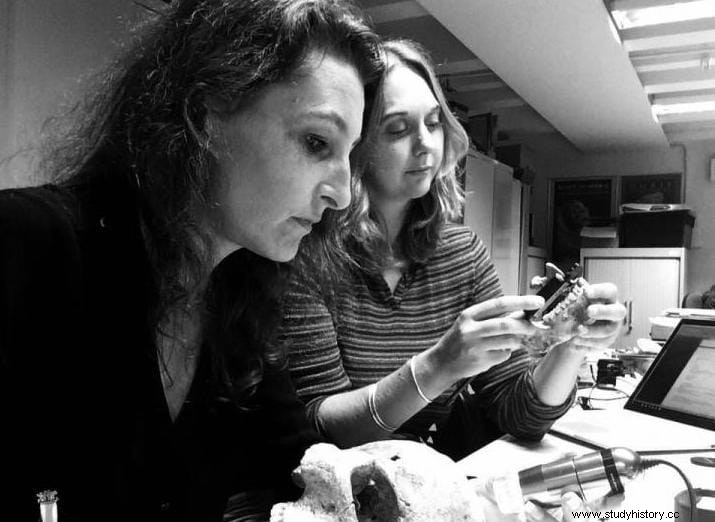Since its discovery in the 1960s, the 13-millennium-old Jebel Sahaba cemetery (Nile Valley, Sudan) has been considered one of the oldest testimonies of prehistoric warfare. However, scientists from the CNRS and the University of Toulouse – Jean Jaurès have re-analyzed the bones preserved in the British Museum and have reassessed their archaeological context.
The results, published in Scientific Reports , show that it was not a single armed conflict, but a succession of violent episodes, probably exacerbated by climate change.
Many of the individuals buried at Jebel Sahaba have wounds, half of them caused by projectiles, the points of which were found in the bones or in the fill where the body was found. However, the interpretation as proof of a mass death due to a single armed conflict continued to be debated until a team of anthropologists, prehistorians and geochemists undertook a new study of the thousands of bones, a hundred associated stone pieces and the entire complex. funerary (now submerged by Lake Aswan) between 2013 and 2019.
The bones of 61 individuals were re-examined, including microscopic analysis, to distinguish traces of injury from post-burial damage. About a hundred new lesions, both healed and unhealed, were identified, some with previously unrecognized lithic flakes still embedded in bone.

In addition to the 20 individuals already identified, another 21 skeletons show injuries, almost all of them suggestive of interpersonal violence, such as bullet impact marks or fractures. In addition, 16 individuals have both healed and unhealed lesions, suggesting repeated episodes of violence throughout a person's life and not a single conflict. This hypothesis is supported by the fact that some skeletons appear to have been altered by later burials. Surprisingly, men, women, and children seem to have been treated equally in terms of the number and type of injuries or the direction of the projectiles.
These new data also reveal that most of the injuries were caused by composite projectiles, thrown weapons (arrows or spears) composed of several sharp lithic pieces, some of them embedded laterally. The presence of sharp points of various shapes, with variations in the orientation of the edge, suggests that the objective was to lacerate and bleed the victim.
These new results reject the hypothesis of a graveyard of catastrophes linked to a single war. Instead, this site indicates a succession of raids or limited ambushes against these hunter-fisher-gatherers, at a time of great climatic variations (end of the last ice age and beginning of the African wet period).
The concentration of archaeological sites from different cultures in such a limited area of the Nile Valley at this time suggests that this region must have been a refuge area for human populations subjected to these climatic fluctuations. Therefore, competition for resources is likely one of the causes of the conflicts witnessed in the Jebel Sahaba cemetery.
This analysis, which changes the history of violence in prehistory, invites us to reconsider other sites from the same period.
